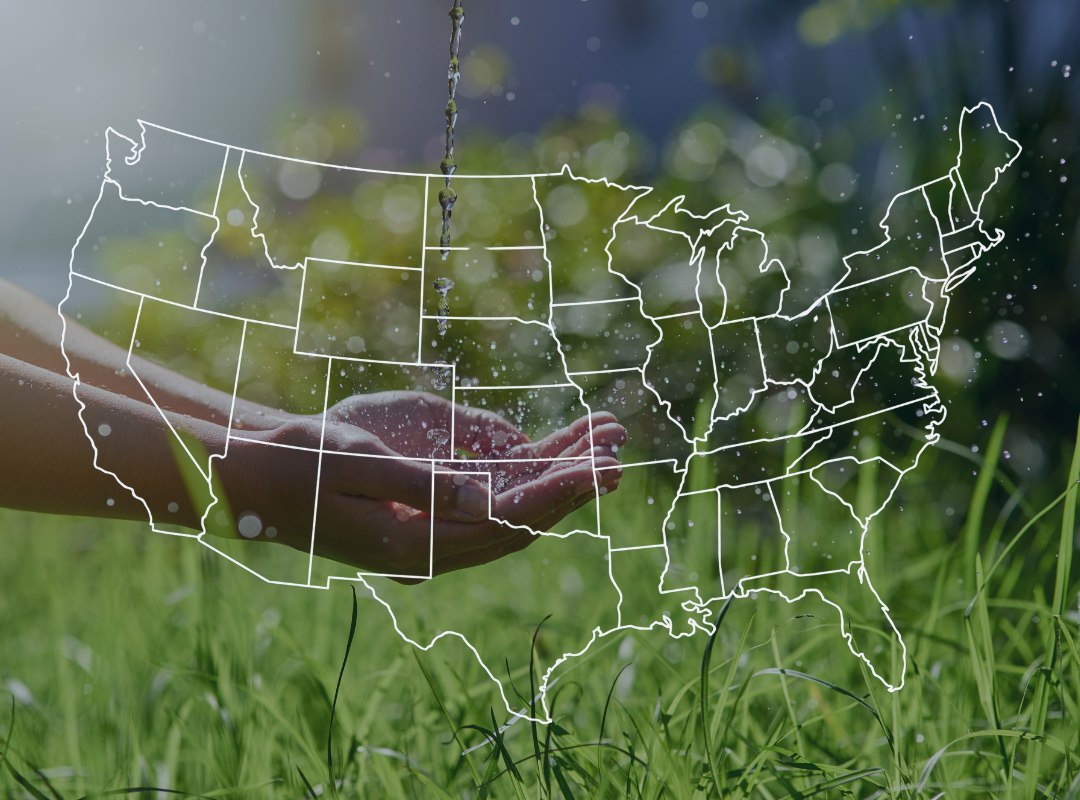Growing Our State History (Grades 3-5)
Students investigate what makes a community livable and explore the influence of agriculture on the history of their state.

Background
Lesson Activities
Recommended Companion Resources
Credits
Author
Lynn Wallin | National Center for Agricultural Literacy (NCAL)
Acknowledgements
Ghost Town Photo Credit: Mike McBey
Standards
National Content Area Standards
- Social Studies – Geography
- Geography Standard 1 (Grades 3-4): How to use maps and other geographic representations, geospatial technologies, and spatial thinking to understand and communicate information.
- Objective 4: The interpretation of geographic representations.
- Geography Standard 4 (Grades 3-4): The physical and human characteristics of places.
- Objective 1: Places are locations having distinctive characteristics that give them meaning and distinguish them from other locations.
- Geography Standard 9 (Grades 3-4): The characteristics, distribution, and migration of human populations on Earth's surface.
- Objective 2: People live in many different places on Earth.
- Objective 3: People move for a variety of reasons.
- Geography Standard 11 (Grades 3-4): The patterns and networks of economic interdependence on Earth's surface.
- Objective 2: Some locations are better suited than others to provide certain goods and services.
- Geography Standard 12 (Grades 3-4): The processes, patterns, and functions of human settlement.
- Objective 1: People benefit from living in settlements.
- Objective 2: Settlements occur where locations provide opportunities and therefore advantages.
- Geography Standard 1 (Grade 5): How to use maps and other geographic representations, geospatial technologies, and spatial thinking to understand and communicate information.
- Objective 4: The use of geographic representations to ask and answer geographic questions.
- Geography Standard 11 (Grade 5): The patterns and networks of economic interdependence on Earth's surface.
- Objective 2: Access to factors of production, such as capital, labor, raw materials, and energy, influence the location of economic activities.
- Geography Standard 9 (Grade 5): The characteristics, distribution, and migration of human populations on Earth's surface.
- Objective 3: There are multiple causes and effects of migration.
- Geography Standard 12 (Grade 5): The processes, patterns, and functions of human settlement.
- Objective 1: Different types of functions can influence the success or failure of settlements.
- Objective 2: A combination of a favorable location and human activities lead to the growth of settlements.
- Objective 3: There are patterns of settlements in regions.
- Geography Standard 1 (Grades 3-4): How to use maps and other geographic representations, geospatial technologies, and spatial thinking to understand and communicate information.
- Social Studies – History
- NCSS 3 (Grades 3-5): People, Places, and Environments
- Objective 4: Factors influencing various community, state, and regional patterns of human settlement, such as the availability of land and water, and places for people to live.
- Objective 6: Cultural patterns and their interactions within and across places, such as migration and settlement, changes in customs or ideas, and in the ways people make a living.
- History Standard 2A (Grades 3-4): The history of students' own local community and how communities in North America varied long ago.
- Objective 2: From resources that are available in local community, record changes that have occurred in goods and services over time.
- Objective 3: Describe local community life long ago. including jobs, schooling, transportation, communication, religious observances, and recreation.
- NCSS 3 (Grades 3-5): People, Places, and Environments
 Ask the students, "What is a ghost town?" After listening to their answers, clarify that a ghost town is a deserted town with few or no remaining residents.
Ask the students, "What is a ghost town?" After listening to their answers, clarify that a ghost town is a deserted town with few or no remaining residents.